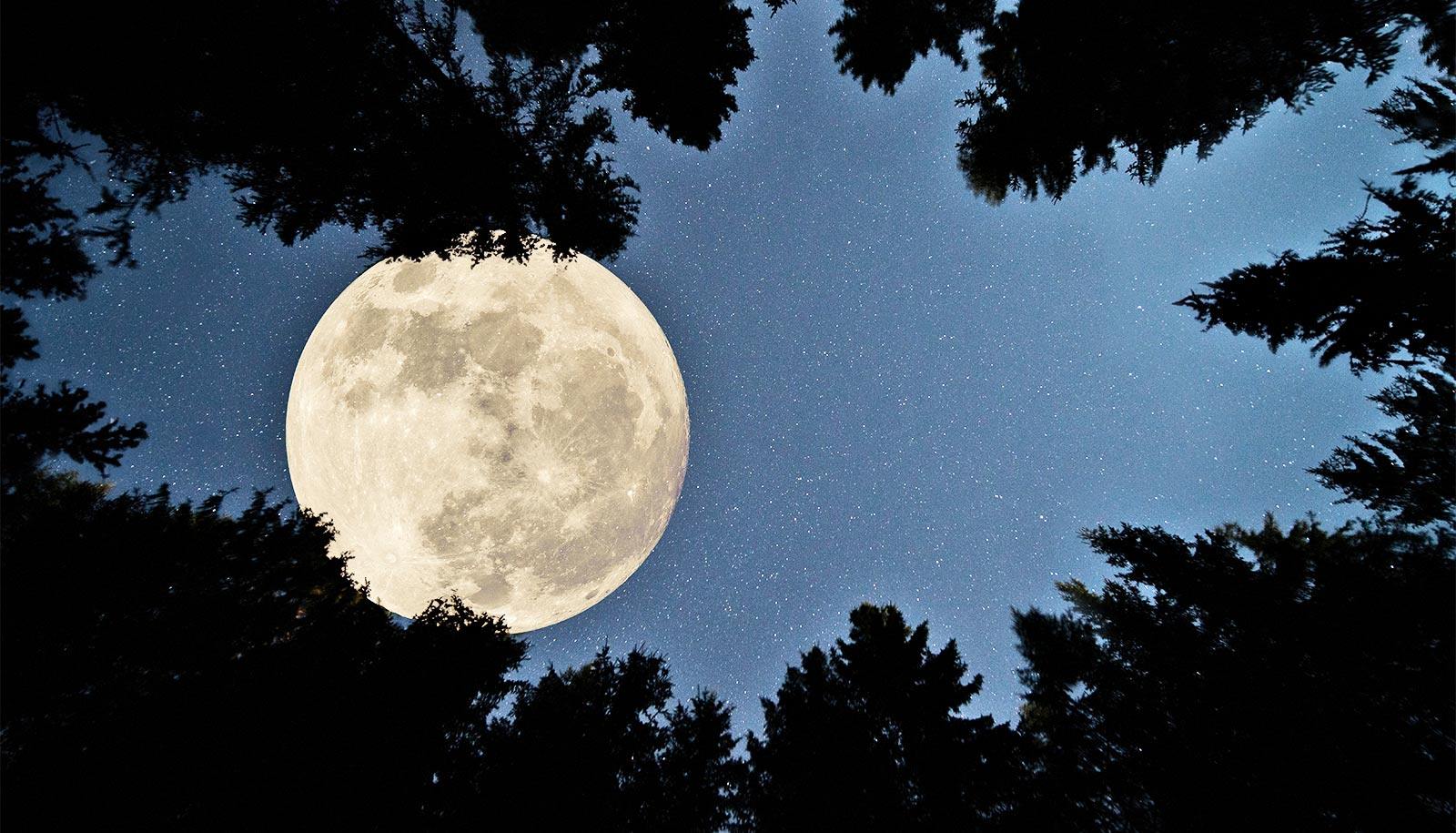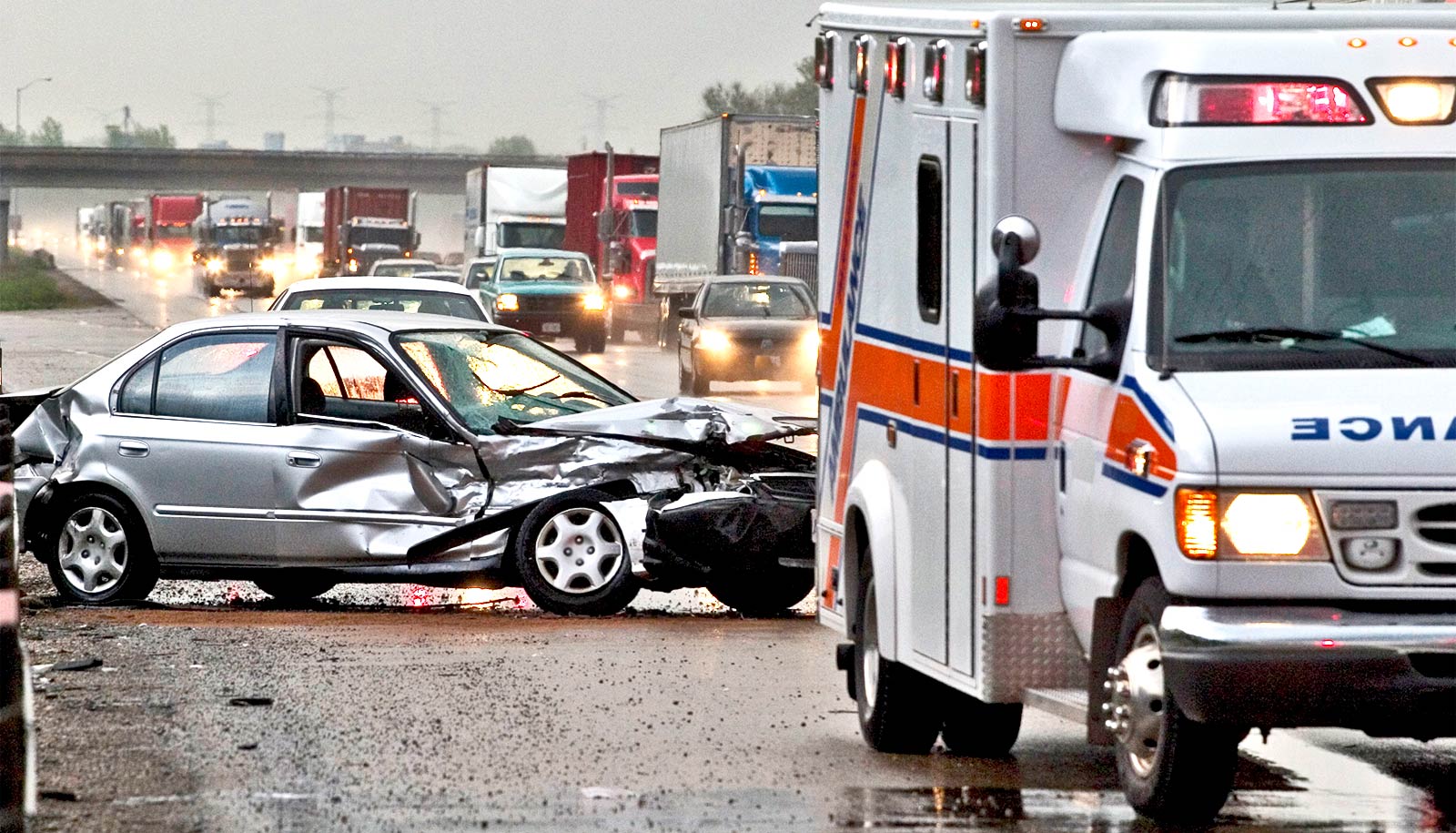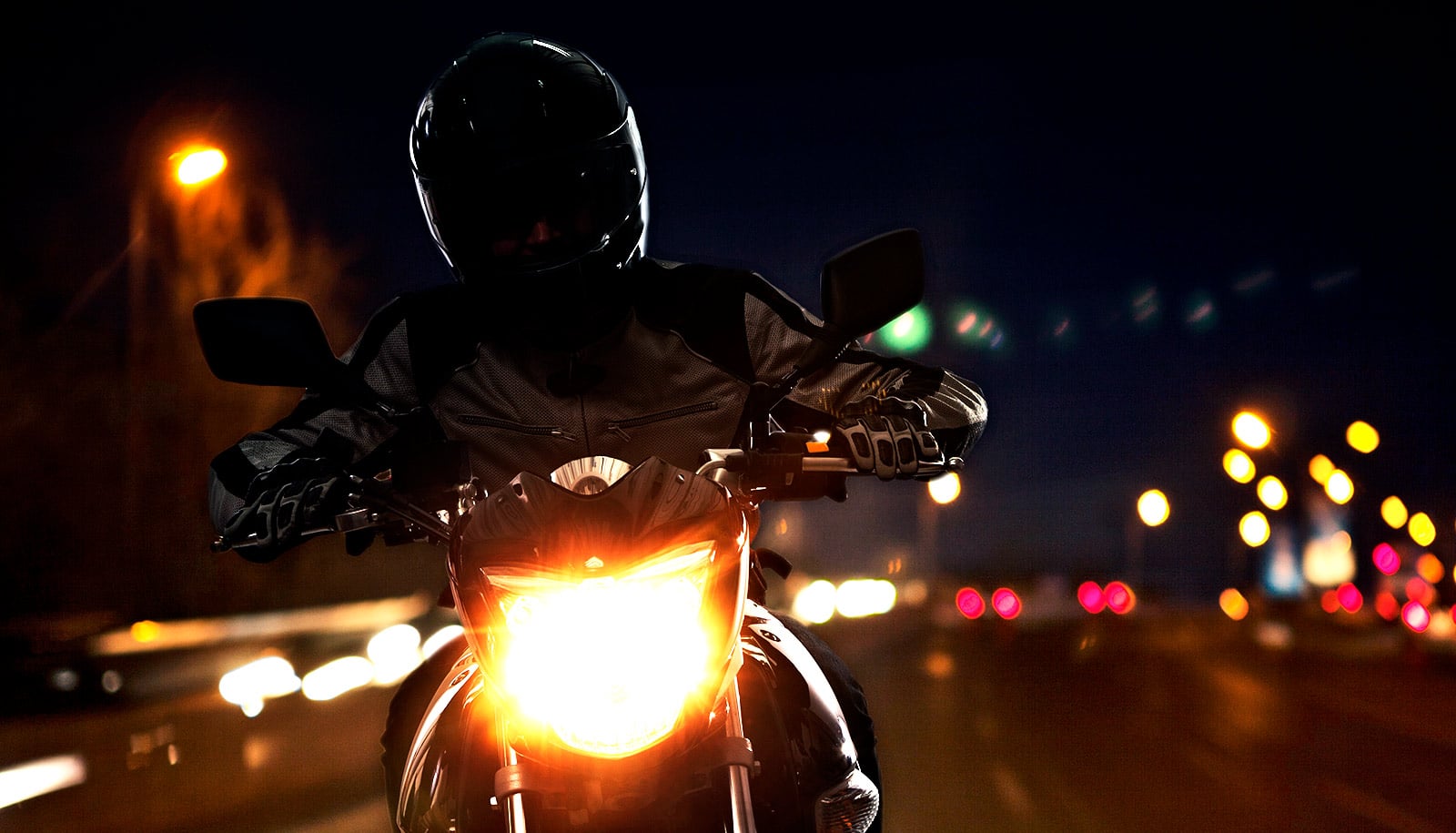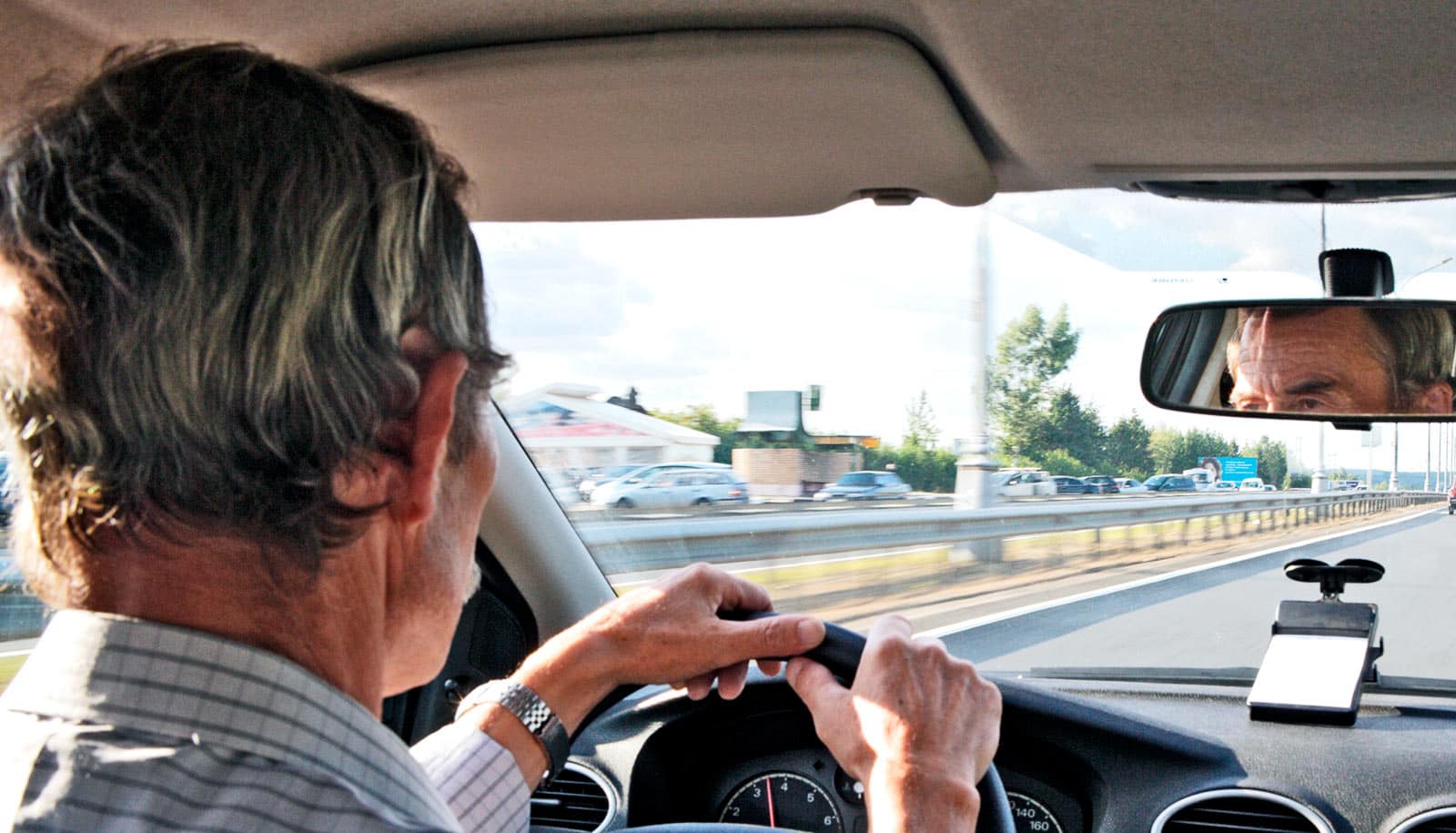New research found a 45.8% increase in vehicle collisions involving wildlife during a full moon.
Kentaro Iio, a former Texas A&M University student, and Dominique Lord, a professor in the civil and environmental engineering department, collected 10 years of collision data in Texas to compare full-moon nights with new-moon nights and their corresponding wildlife-vehicle collisions.
Non-wildlife collisions in the same time periods showed no significant differences.
The study highlights the importance of increased driver caution, especially on brighter nights. According to the researchers, it could also help inform transportation policy and infrastructure improvements where better safety measures are necessary.
“I compared really dark nights without moon illumination (new moon) to really dark nights with the full moon illumination,” Iio says.
“If you include other lunar phases in the analysis, they appear on the horizon at different times each day, making it more difficult for true apples-to-apples comparisons.”
Previous studies conducted worldwide, including regions in Spain, Canada, and Lithuania, have found similar increased collision trends during the full moon. Each used varying methods and proposed many possible reasons for the results. Iio and Lord believe a combination of factors could contribute to the increase. Factors like driver fatigue at night and increased wildlife activity could warrant further study by transportation and animal behavior experts.
“Although the illumination is better, it’s still nighttime,” Lord says. “When you drive at night, I’m not sure the illumination from the various perspectives is so much greater compared to daytime.”
This study also split the data into different regions of Texas to highlight rural and urban areas. The capital area of Texas was the only region with a lower relative risk of collisions during a full moon, but the difference was statistically insignificant. The capital area consists of 10 counties stretching from Llano to San Marcos and La Grange to Georgetown.
The regions were divided based on the Texas comptroller-defined economic regions. Wildlife-vehicle collision rates in the High Plains, South Texas, Central Texas, and Upper East regions saw high increases on full moon nights, ranging from 57.8% to 125%. The High Plains region primarily covers the Texas Panhandle.
“Rural areas tended to have higher collision ratios concerning the full moon than urban areas,” Iio says.
Lord further explains that lower urban wildlife density and urban light pollution could also contribute to lower results in those areas. The effect of lunar illumination can be diluted in brighter city areas.
Wildlife species identification was beyond the scope of this research. The study also did not account for variations in illumination intensity over the study period for the analyzed geographic areas. Future studies could account for these gaps when finer-resolution data is available for traffic volumes, illumination, and wildlife species identification by region.
Potential improvements such as increased lighting in rural areas, adding wildlife warning reflectors along rural highways, or increased emergency services on specific nights could also warrant further consideration and study by scientific, engineering, and economic experts.
The research appears in Transportation Research Part D: Transport and Environment.
Source: Texas A&M University



